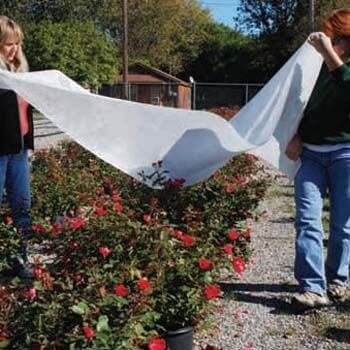Planting Florida Native Plants

When Planting Florida Native Plants one must have a good understanding of all site factors of the planting site.
Florida native plants are becoming more desirable to be used in landscaping by offering a practical, attractive natural setting. Since development has removed natural areas, homeowners wanting to add them into their existing landscape must consider the original habitat of the native plant.
Knowing the planting requirements of native plants is important for them in having a good foundation for them to grow successfully.
Site Factors Considered For Planting
Good knowledge of the original vegetation that was in the area of Florida where planting will be at. This will tell what type of native Florida plants will grow best on the site. Species adapted to certain locations do better than ones from a different type of habitat. Your local extension service can help with information on what species do best in your area.
Consider the condition of the soil and hydrology of the site before planting Florida native plants. Many times during development soil is removed, and drainage patterns have been altered causing poor drainage and standing water. The soil can be sandy or filled with muck. This can make it difficult to re-establish the same species that once grew on the site. If this is the case then soil preparation is required.
Like any other type of landscape, when planting consider what function it will provide when choosing types.
- Will native plants be integrated with existing or new turf areas?
- Will lawn irrigation and fertilization interfere with them?
Also consider space for the types of plants, trees, or shrubs, when planting Florida native plants.
Requirements For Planting Florida Native Plants
When planting place the root ball at the same level as in the container. For plants that are ” Root Bound ” cut the roots that are circulating in the container from top to bottom to stimulate lateral root production. It may be necessary to remove some top growth by pruning off one to seven branches to shape it up.
Do Not cut or chop back all growth down to one level. Just make thinning cuts to preserve the natural shape when planting Florida native plants.
Water regularly after planting Florida native plants making sure they are not under or over-watered. Water two or three times a week after planting depending on drainage or rainfall, continue up to a month. After one month from planting watering once a week is only required.
Adding mulch of organic material is recommended right after planting Florida native plants. Prior to mulching apply a granular slow-release fertilizer. During the first year of establishment fertilizing up to three times is needed. After one year you only need to fertilize one time in the spring. Always use fertilizer containing essential elements and micronutrients for good health and growth.
Conclusion
Native plants of Florida are part of the natural beauty that this state is known for. Replacing what has been disappearing is vital to preserving our environment. Let’s all do our part in helping by planting Florida native plants.
What to look for when purchasing quality plants.
https://floridalandscapingtoday.com/how-to-purchase-quality-plants-video





